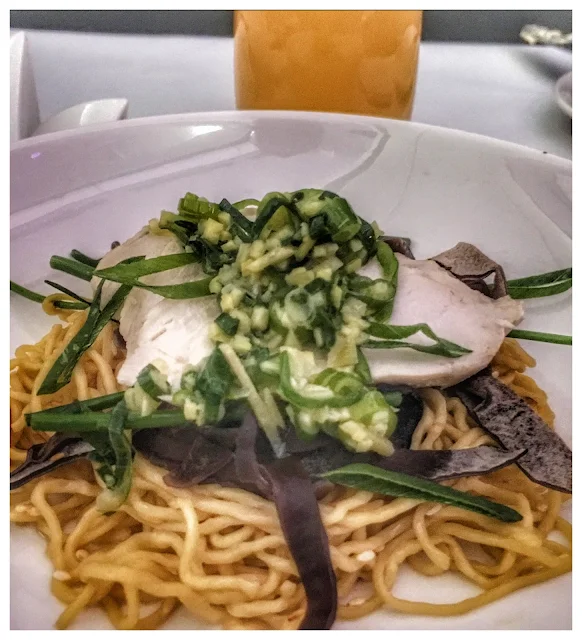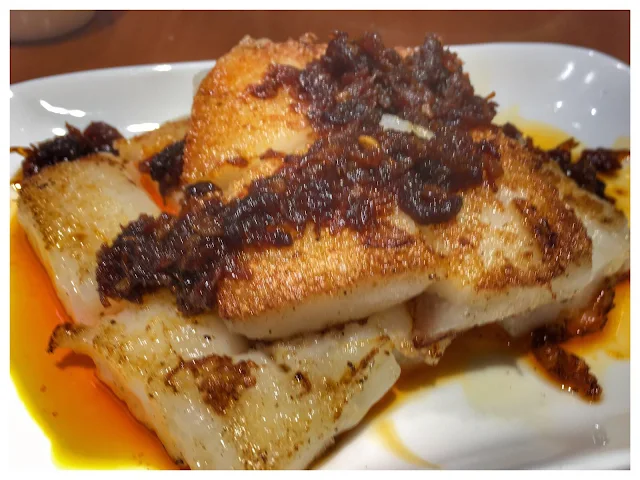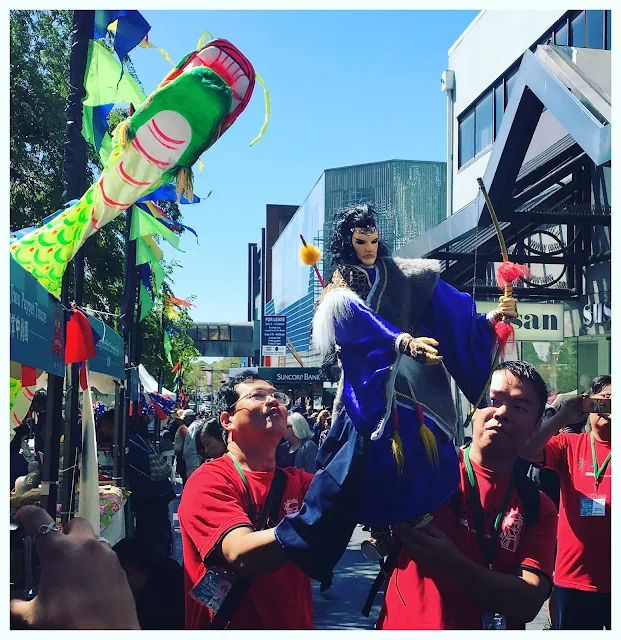How do you defend your borders and integrity as a nation?
Are you surrounded by neighbours who have a different cultural and political emphasis? The historical question is how you deal with and manage such entities without compromising your core values and political existence. One is to actively engage and cooperate with them, integrating mutual interests like trade and economic growth to the extent it will become disadvantageous to be embroiled in a conflict.
In an inter connected contemporary world, it can be unwise to practice isolationist policies and attitudes. The benefits of providing cosmopolitan environments nurture skills, talents and knowledge in your own territory.
However, the question remains as to how you control the proverbial Trojan Horse within your country - those elements that can reveal and show their true colours of allegiance in the event of a conflict. Many multicultural countries will have to deal with this significant factor.
Another critical consideration is how many different and distinct fronts a specific nation has a boundary with. Does one play off one neighbour with another? This can imply playing Machiavellian games, strategic thinking and deeply understanding the key needs of potential friends or foes. The enemy of my enemy is my friend, so they say, but the enemy of my friend need not be my enemy, or the friend of my friend need not necessarily be my friend.
This then begs the question of alliances. Are such political partnerships formed out of similar interests, practicality or based on a sea of fluid arrangements? Are they based on personalities, having various resources or temporary delusions?
Creating diversions can be a useful tactic for nations at war or having internal political problems. Nations not initially involved with the original outbreak of war can be drawn into the military mess, or utilised to reduce pressure on the original conflict.
There are nations which carefully and purposely choose not to be involved with 'tis blight of mankind - and remain strictly neutral. Can warring nations ask such neutral nations to facilitate peace?
Countries not directly involved with any military conflict can cleverly play off the opposing sides in a major war. At the same time, there are political entities behaving loyally to one chosen side of a conflict due to history, shared culture or economic ties.
The danger is always when two primary opposing countries at war line up their supporters and allies as if it was a football game. These days it is not so much because of blood ties of royalty, but the political leanings of governing thought. Will Western democracies form a group because of this, or does the agenda of war go deeper than this?
There can be strange bedfellows amongst oppressive and democratic leaders in time of military conflict. The question can be embedded in options of securing petroleum, water supplies, sharing secrets and trade routes.
The nature of war in the future poses a significant factor when protecting your country. Defeat can be inflicted on your enemy not just by traditional physical warfare methods. Your enemy nation can be brought down by hurtful attacks on financial systems, cyberspace vulnerability and movement of peoples.
Is your nation surrounded by foreign military bases controlled by one particular country? Physical distance still plays the shots in timeliness, impact and psychology. An enemy nation can cleverly battle it out in proxy wars, without military damage never inflicting its Homeland. Small states are often subject to choose allegiances, can have their land and people destroyed in battles that they did not initiate and often do not have the ability to say No.
Territories which belong to federations or blocs lose the independent capability to avoid war. The ability of supra national institutions like the United Nations to resolve conflict has been tested and not always successfully.
Remnants of unresolved past conflicts can be the ambers that spark off from contemporary tensions and lead to a bigger war theatre. What do warring nations try to get by slugging it out - ego and pride, being provoked, access to critical resources or just preserving their national borders?
Mankind often never learns. History does repeat itself and only materialises in different forms. Is it to preserve the current world order, or to change it, that underlies the risks of a major military conflict?























































